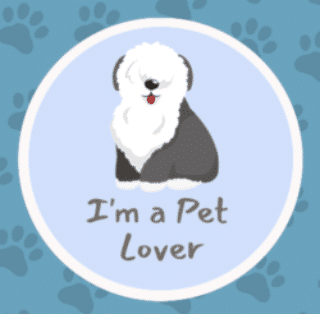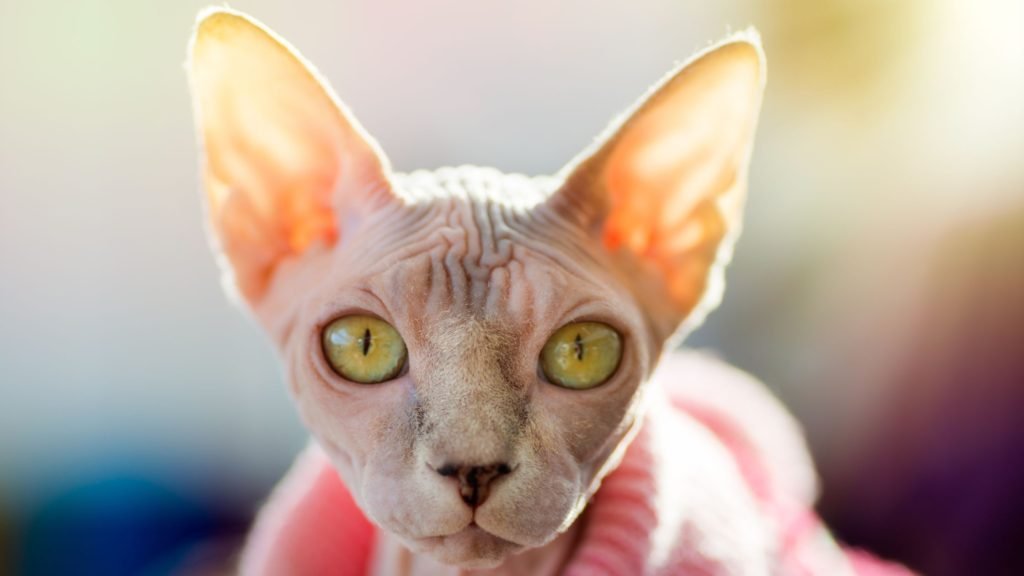Cat Breeds That Don’t Shed: Uncover the best low-shedding feline friends for an allergy-friendly, fur-free living space in our detailed guide
Overview of cat shedding and its impact on cat owners
Cat shedding is a natural process that can sometimes leave cat owners feeling overwhelmed by the fur-covered furniture, clothes, and carpets. While all cats shed to some extent, certain breeds are known for shedding significantly less, making them more appealing to those who want to minimize the furry mess.
Reasons to choose a low-shedding cat breed
Allergy sufferers, tidy freaks, and busy families might benefit from low-shedding cat breeds. These cats can offer a perfect balance of feline companionship without the hassle of excessive hair clean-up
Factors Affecting Shedding
Hair length and texture
While it’s easy to assume that short-haired cats shed less than long-haired ones, it’s not always true. Hair length alone doesn’t determine to shed; the texture and growth cycle of the hair play a significant role. Some long-haired cats have silky, slow-growing hair, reducing shedding, while some short-haired breeds shed more frequently.
Seasonal shedding patterns
Cats shed in response to seasonal changes, with most shedding occurring in spring and fall. However, indoor cats exposed to artificial lighting and temperature control may shed year-round, albeit more consistently and in smaller amounts. These seasonal patterns affect particular cat breeds less, resulting in lower shedding overall.
Grooming habits and maintenance of cat breeds that don’t shed
When it comes to cat breeds that don’t shed, it’s important to consider their grooming habits and the level of maintenance their coats demand. Some of these low-shedding felines boast low-maintenance coats, requiring minimal grooming, while others possess meticulous grooming habits that naturally keep shedding in check. By understanding these factors, you can select the ideal cat breed that doesn’t shed and aligns with your lifestyle and personal preferences.
You May Also Interest: Do Cats Know When You Are Sad?
9 Cat Breeds That Don't Shed
Welcome to the world of Cat Breeds That Don’t Shed! We’ll introduce you to nine fantastic feline friends known for their low-shedding characteristics. Perfect for allergy sufferers or those who simply prefer less fur around their home, these breeds offer a cleaner, more allergy-friendly environment.
Sphynx
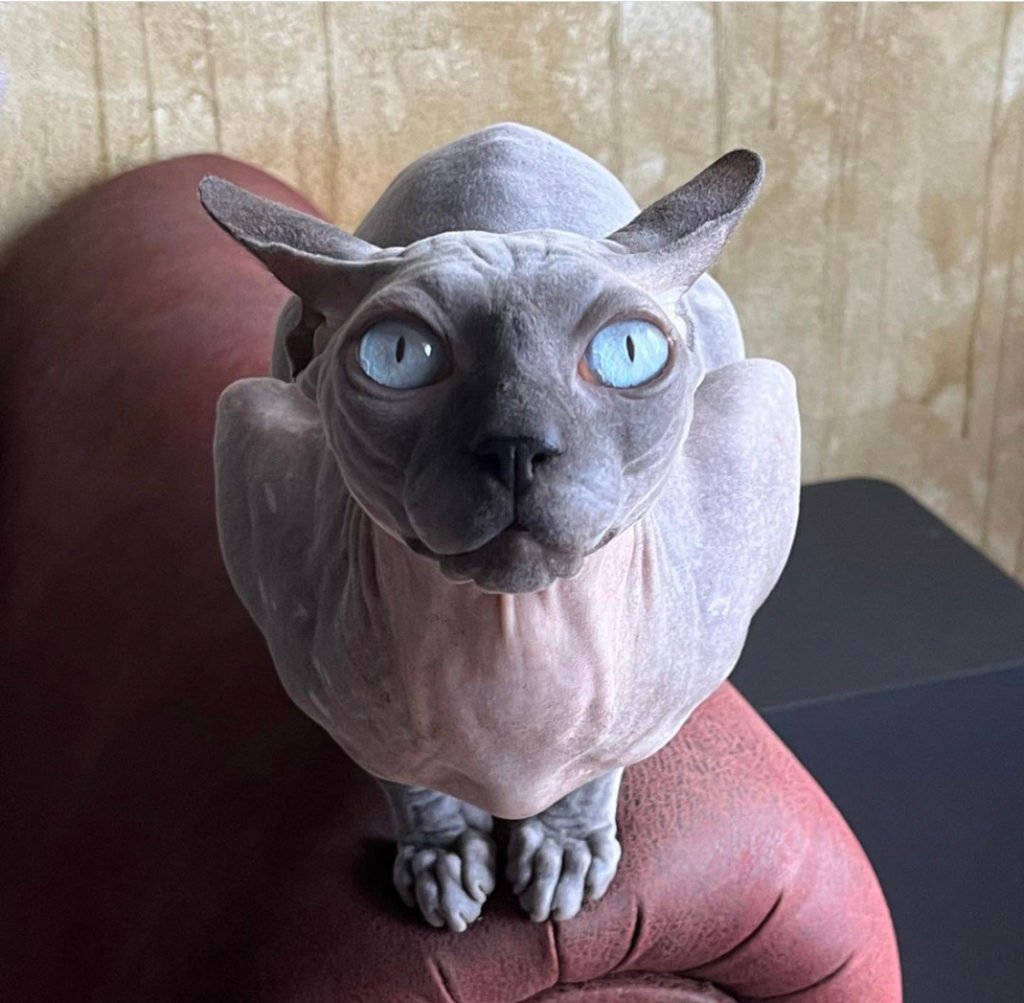
Price: $1,500 – $3,000
Lifespan: 12-15 years
Characteristics: Hairless, affectionate, social, intelligent, and playful
The Sphynx is a unique breed with a hairless appearance and warm, loving nature. These cats are highly social and intellectual, making them great companions for families and individuals.
Cornish Rex

Price: $800 – $1,500
Lifespan: 12-15 years
Characteristics: Short, wavy coat, playful, energetic, and adaptable
The Cornish Rex is a lively and active breed with a short, curly coat that requires minimal grooming. Their versatile nature makes them suitable for various living situations and households.
Devon Rex
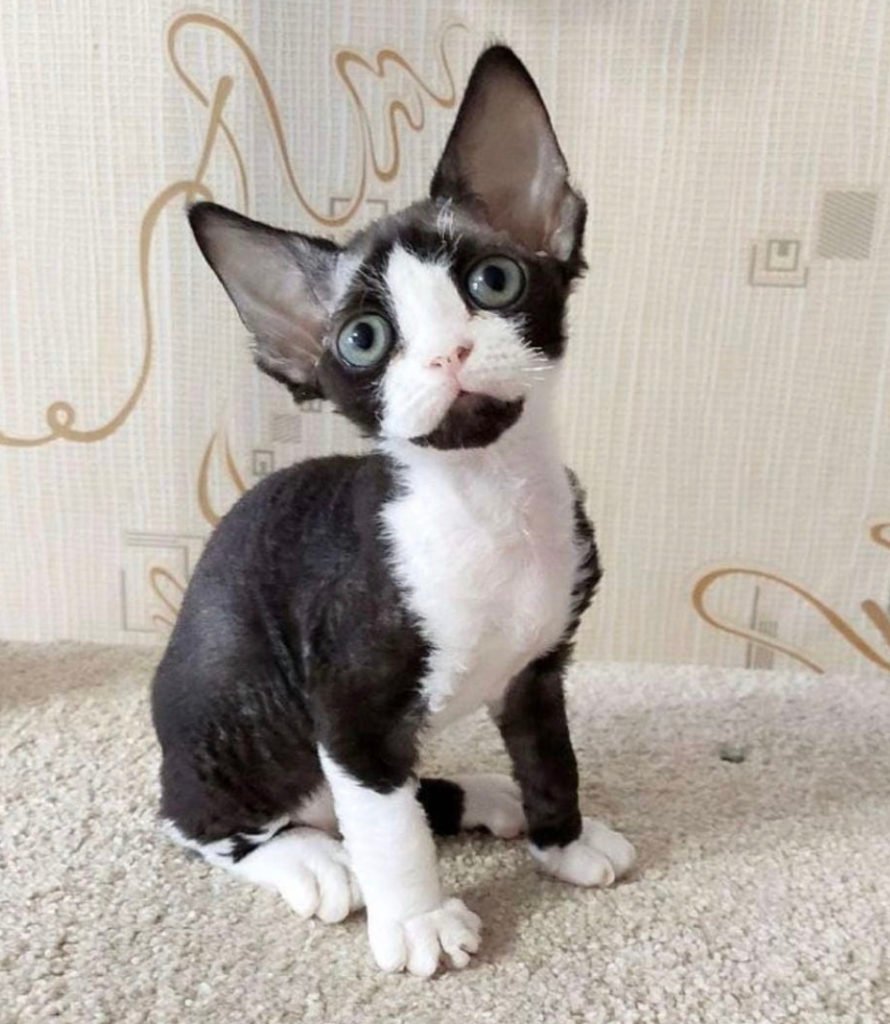
Price: $800 – $1,500
Lifespan: 12-15 years
Characteristics: Short, curly coat, friendly, mischievous, and affectionate
The Devon Rex is a friendly breed with a quirky appearance and a curly coat that rarely sheds. These cats are friendly and playful and form strong bonds with their families.
Siamese
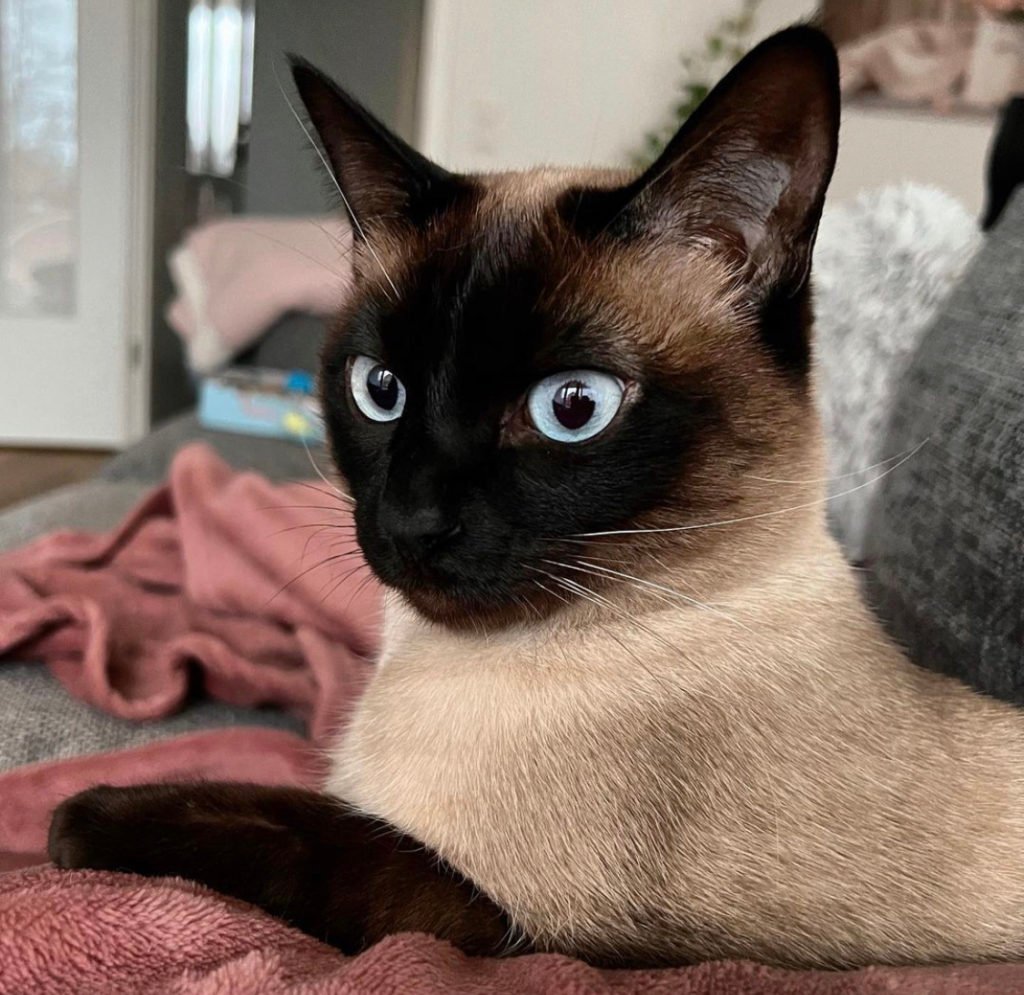
Price: $600 – $1,200
Lifespan: 12-15 years
Characteristics: Short, fine coat, sleek, elegant, outgoing, and vocal
The Siamese cat is known for its sleek and elegant appearance, with a short, fine coat that requires minimal grooming. These cats are outgoing, vocal and form strong bonds with their owners.
Bengal
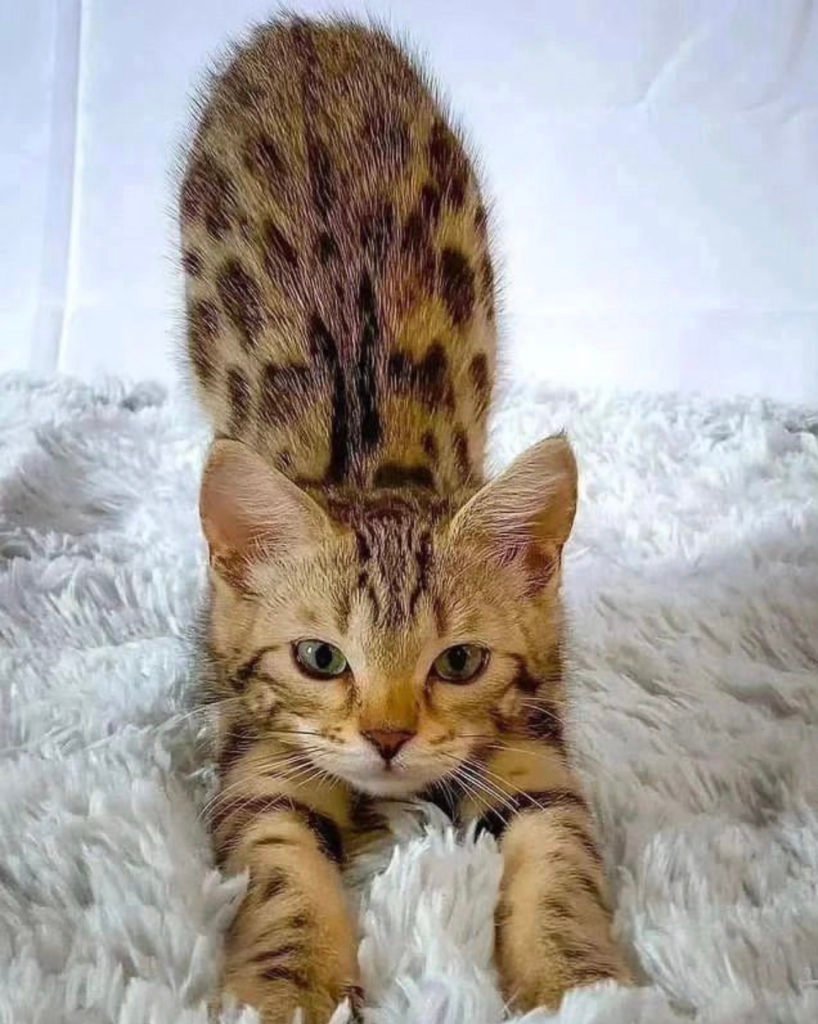
Price: $1,000 – $4,000
Lifespan: 12-16 years
Characteristics: Striking appearance, low-shedding coat, active, intelligent, and curious
Bengals are eye-catching cats with wild ancestry, known for their high activity levels and curious nature. Their low-shedding coat and striking appearance make them a popular choice for families.
Russian Blue
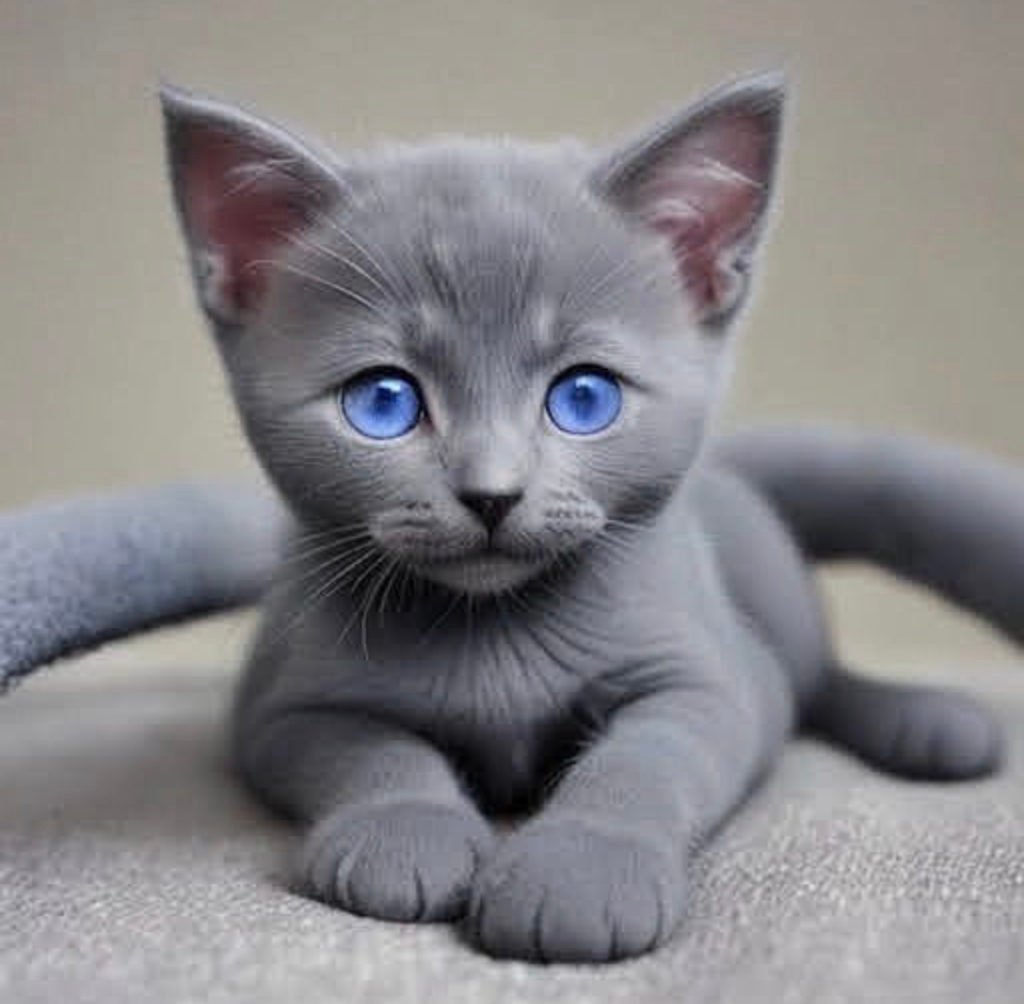
Price: $800 – $1,200
Lifespan: 10-15 years
Characteristics: Plush, dense coat, gentle, reserved, and loyal
The Russian Blue has a plush, thick coat that is surprisingly low-shedding. This breed is gentle and reserved and bonds strongly with its human companions.
Balinese
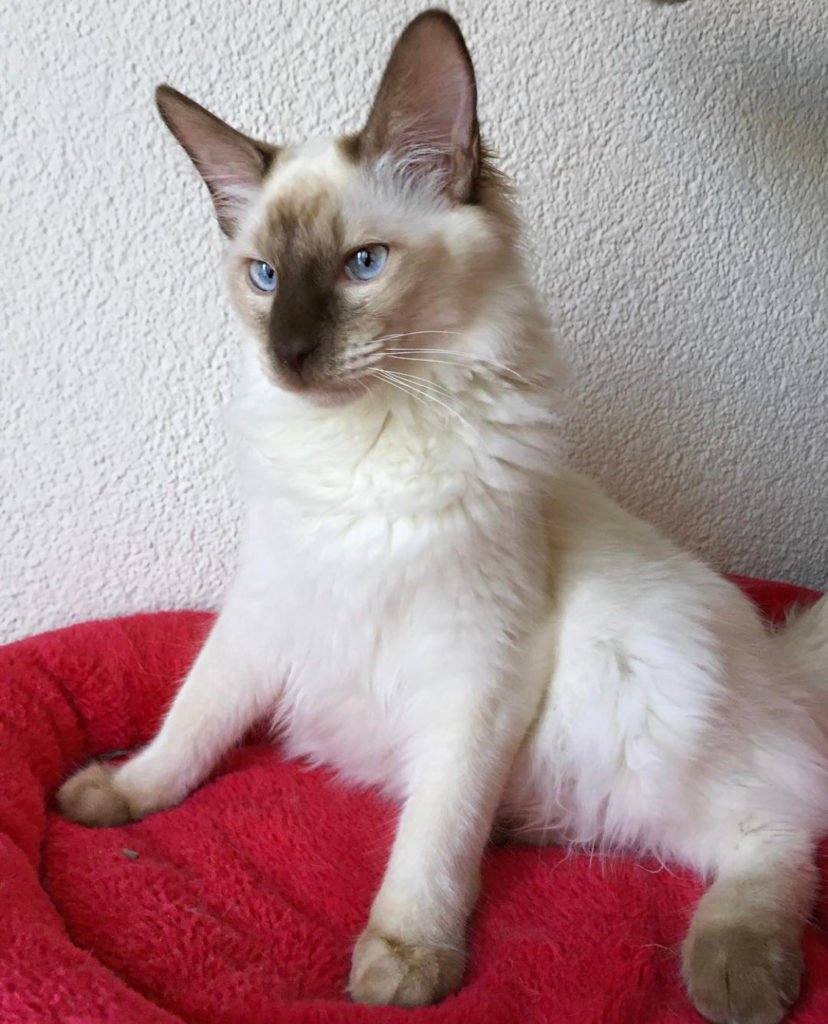
Price: $800 – $1,500
Lifespan: 15-20 years
Characteristics: Long, silky coat, affectionate, vocal, and social
The Balinese cat has long, smooth skin that sheds minimally. Known for their caring and vocal nature, these cats make excellent companions for those seeking a loving feline friend.
Siberian
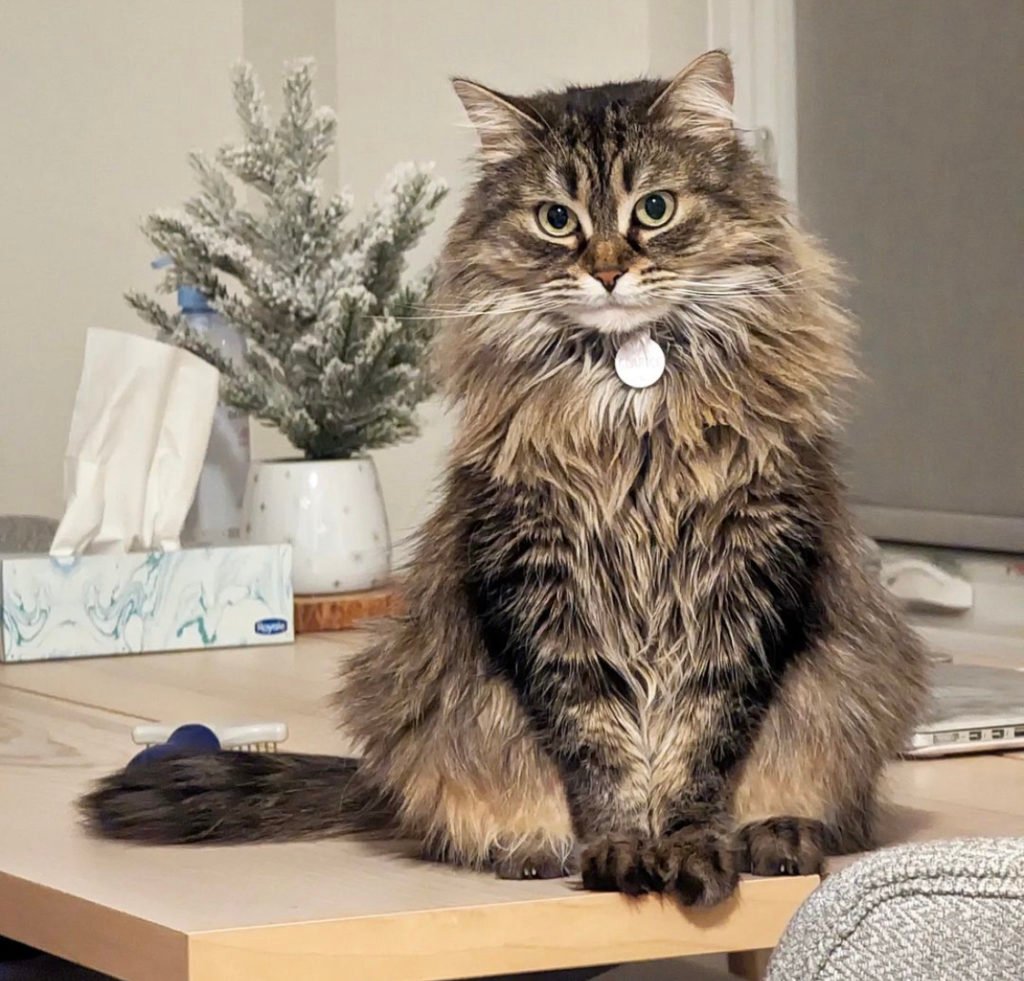
Price: $1,200 – $2,000
Lifespan: 12-15 years
Characteristics: Fluffy, triple-layered coat, friendly, good-natured, and adaptable
The Siberian cat has a fluffy, triple-layered coat that is low-shedding. This breed is friendly, good-natured, and adapts well to different living environments, making them great family pets.
Bombay
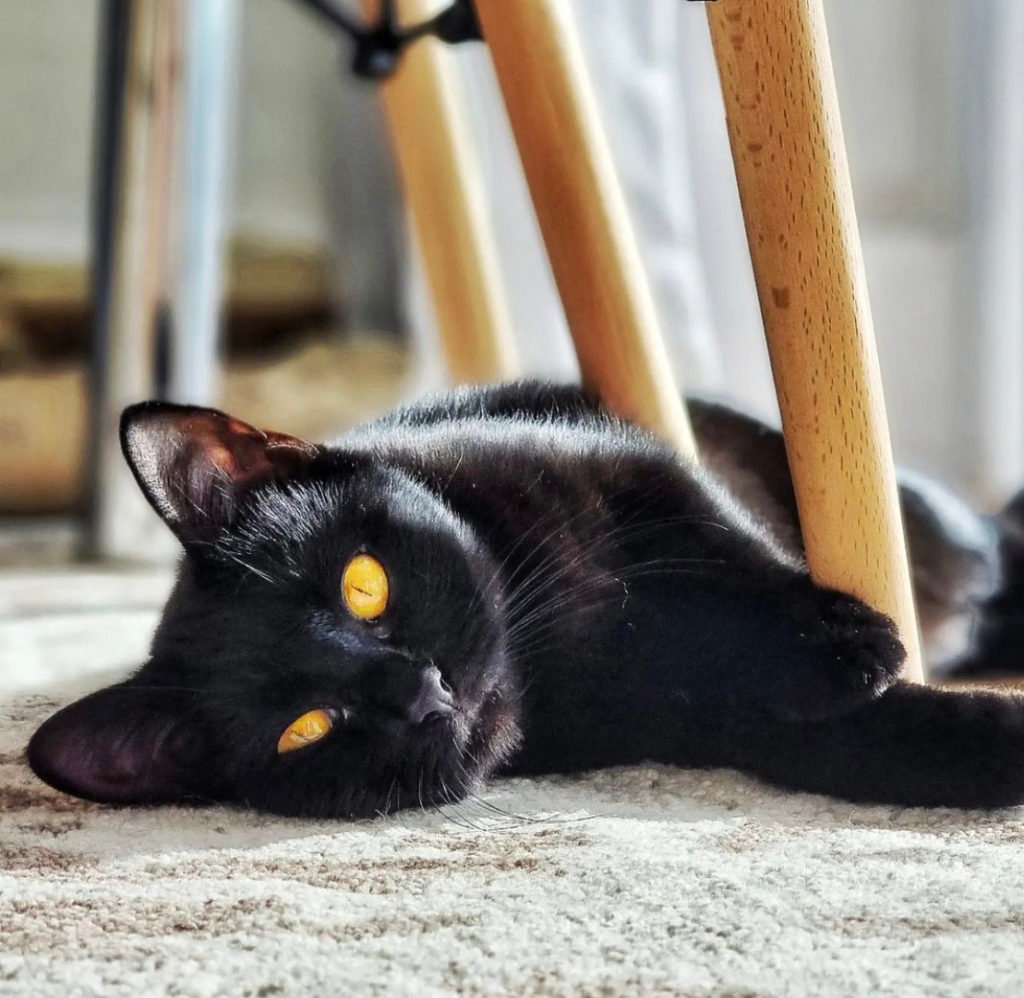
Price: $500 – $800
Lifespan: 12-16 years
Characteristics: Jet-black, short coat, affectionate, friendly, and intelligent The Bombay cat has a jet-black, short coat that is low shedding. Known for their affectionate and friendly nature, these cats make excellent companions.
You May Also Interest: All You Need To Know: Male Cats vs Female Cats Pros and Cons
Keeping Your Low-Shedding Cat Healthy and Happy
Regular grooming and brushing techniques
Even low-shedding cats can benefit from regular grooming and brushing. That helps maintain their coat and strengthens the bond between you and your feline friend. Learn the best techniques for your specific breed, and incorporate brushing sessions into your routine for a healthy, happy cat.
Nutrition and diet for optimal coat health
A well-balanced diet is crucial for maintaining your cat’s coat and overall health. High-quality, age-appropriate food with essential nutrients will help keep your low-shedding cat’s coat looking and feeling its best. Consult with your veterinarian for dietary recommendations tailored to your cat’s needs.
Monitoring for skin conditions and hairball prevention
Low-shedding cats can still experience skin conditions and hairballs. Monitor your cat’s skin and coat for irritation, dryness, or excessive grooming. Regular brushing and a high-quality diet can help prevent hairballs, but consult your veterinarian for guidance if you notice any issues.
You May Also Interest: Can Cats Have ADHD? Feline Focus Explored
Making the Right Choice: Finding Your Ideal Low-Shedding Cat
Considering personality and temperament
When choosing a Cat Breeds That Don’t Shed, it’s essential to consider the breed’s personality and temperament to ensure it’s a good fit for your household. Research the species you’re interested in, and take note of their energy levels, sociability, and any special care requirements.
Adoption options and reputable breeders
Whether you adopt from a shelter or purchase from a breeder, finding a reputable source for your low-shedding cat is crucial. Research shelters and breeders in your area, and look for those with positive reviews and a commitment to animal welfare.
Preparing your home for a low-shedding feline companion
Before bringing your low-shedding cat home:
- Ensure your living space is cat-friendly and safe.
- Provide a comfortable bed, scratching posts, toys, and hiding spots to help your new companion feel secure and content.
- Establish a feeding, grooming, and playtime routine to ensure a smooth transition into their new environment.
